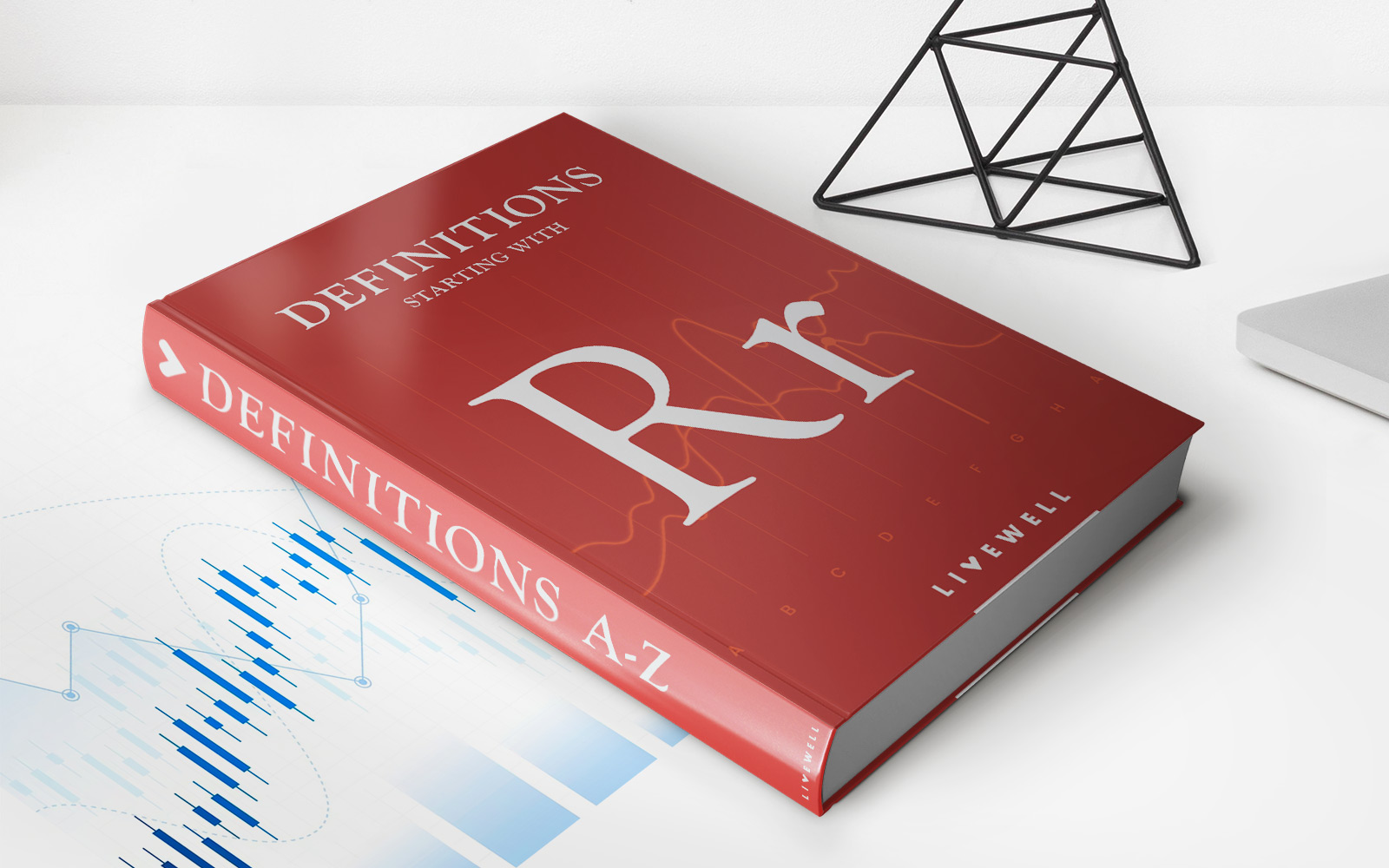

Finance
Clean Float Definition
Published: October 27, 2023
Learn about the clean float in finance, its definition and how it impacts financial markets. Understand the concept of clean float and its significance in the world of finance.
(Many of the links in this article redirect to a specific reviewed product. Your purchase of these products through affiliate links helps to generate commission for LiveWell, at no extra cost. Learn more)
The Clean Float Definition: Understanding the Basics
Finance is a vast and complex field, filled with various terms and concepts that can sometimes seem overwhelming. One such concept that often crops up is “clean float.” You may have come across this term before but may not fully understand what it means or how it affects the financial world. In this blog post, we will delve into the clean float definition, helping you gain a clearer understanding of its significance.
Key Takeaways:
- Clean float refers to a currency exchange rate that is determined solely by market forces, without any government intervention or manipulation.
- This system allows currency values to fluctuate freely, based on supply and demand, which can impact foreign exchange markets and economies.
So, what exactly is clean float? In simple terms, clean float refers to a currency exchange rate that is determined solely by market forces, without any government intervention or manipulation. Unlike managed or pegged exchange rates, clean float systems allow currency values to fluctuate freely based on supply and demand.
Nowadays, most major currencies operate under a clean float system. This means that their exchange rates are allowed to fluctuate freely, reflecting the forces of the market. Governments and central banks do not step in to actively manage or manipulate these exchange rates, allowing them to adjust according to the economic conditions of each country.
One of the key advantages of a clean float system is that it reduces the risk of currency manipulation and distortion in the marketplace. By allowing the market to determine exchange rates, it helps establish fair and transparent pricing for international trade and investments. Additionally, clean float systems are believed to promote economic stability by allowing currencies to reflect the true state of an economy.
However, it is important to note that clean float systems do come with their fair share of challenges. The volatility of exchange rates under a clean float system can be unpredictable, making it difficult for businesses and individuals to plan and budget effectively. Sudden and large fluctuations in exchange rates can impact foreign exchange markets, affect the cost of imports and exports, and impact a country’s overall economic performance.
In conclusion, understanding the clean float definition is essential for anyone involved or interested in finance. Clean float refers to a currency exchange rate determined solely by market forces, without government intervention. This system offers advantages such as transparency and fair market pricing but can also pose challenges due to its inherent volatility. By grasping the concept of clean float, you’ll gain a deeper understanding of the dynamics driving the world of finance.














